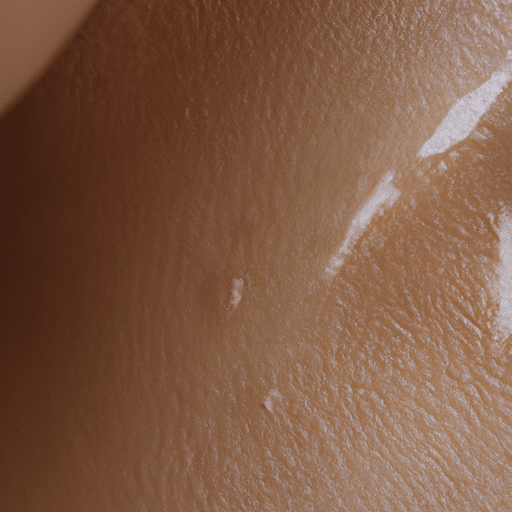Oily skin, a common dermatological condition, is often misunderstood and stigmatized. As an expert in the field, I aim to unmask the glossy truth about oily skin, shedding light on its causes, symptoms, and potential treatments.
Oily skin is characterized by an overproduction of sebum, a natural skin oil that helps to protect and hydrate the skin. While sebum is essential for maintaining skin health, excessive sebum production can lead to oily skin, clogged pores, and acne. The causes of oily skin are multifaceted and can be attributed to a variety of factors, including genetics, hormonal changes, diet, stress, and environmental conditions.
Genetics play a significant role in determining our skin type. If your parents have oily skin, there’s a high chance you will too. Hormonal changes, particularly those occurring during puberty, pregnancy, or menstruation, can also stimulate sebum production. Diet is another contributing factor. Consuming high amounts of dairy products or foods with a high glycemic index can exacerbate oil production. Stress triggers the release of cortisol, a hormone that can stimulate oil glands. Lastly, environmental conditions such as humidity and heat can increase sebum production, leading to oilier skin.
Recognizing the symptoms of oily skin is the first step towards managing it. The most common symptom is a shiny or greasy appearance. You may also notice larger, more visible pores and a thick or rough-looking skin texture. Oily skin is also prone to developing pimples, blackheads, and other types of acne. It’s important to note that these symptoms can vary from person to person and may fluctuate depending on the factors mentioned earlier.
Despite its challenges, having oily skin isn’t all bad. In fact, it has a silver lining: oily skin tends to age slower than dry skin. The natural oils keep the skin moisturized, reducing the formation of wrinkles and fine lines.
Understanding the causes and symptoms of oily skin is crucial in managing it effectively. It’s important to adopt a skincare routine that caters to your skin type. This includes using oil-free and non-comedogenic products that won’t clog your pores. Regularly cleansing your face, exfoliating once a week, and using a suitable moisturizer can help control oil production.
In some cases, over-the-counter treatments may not be enough, and you might need to consult a dermatologist. Prescription medications, hormonal treatments, or even laser and light therapies might be recommended depending on the severity of your condition.
In conclusion, oily skin, while often seen as a cosmetic concern, is a complex condition influenced by various factors. By understanding its causes and symptoms, individuals can better manage their skin health and feel more comfortable in their own skin. Remember, every skin type is unique and beautiful in its own way. It’s all about finding the right care routine that works for you.



